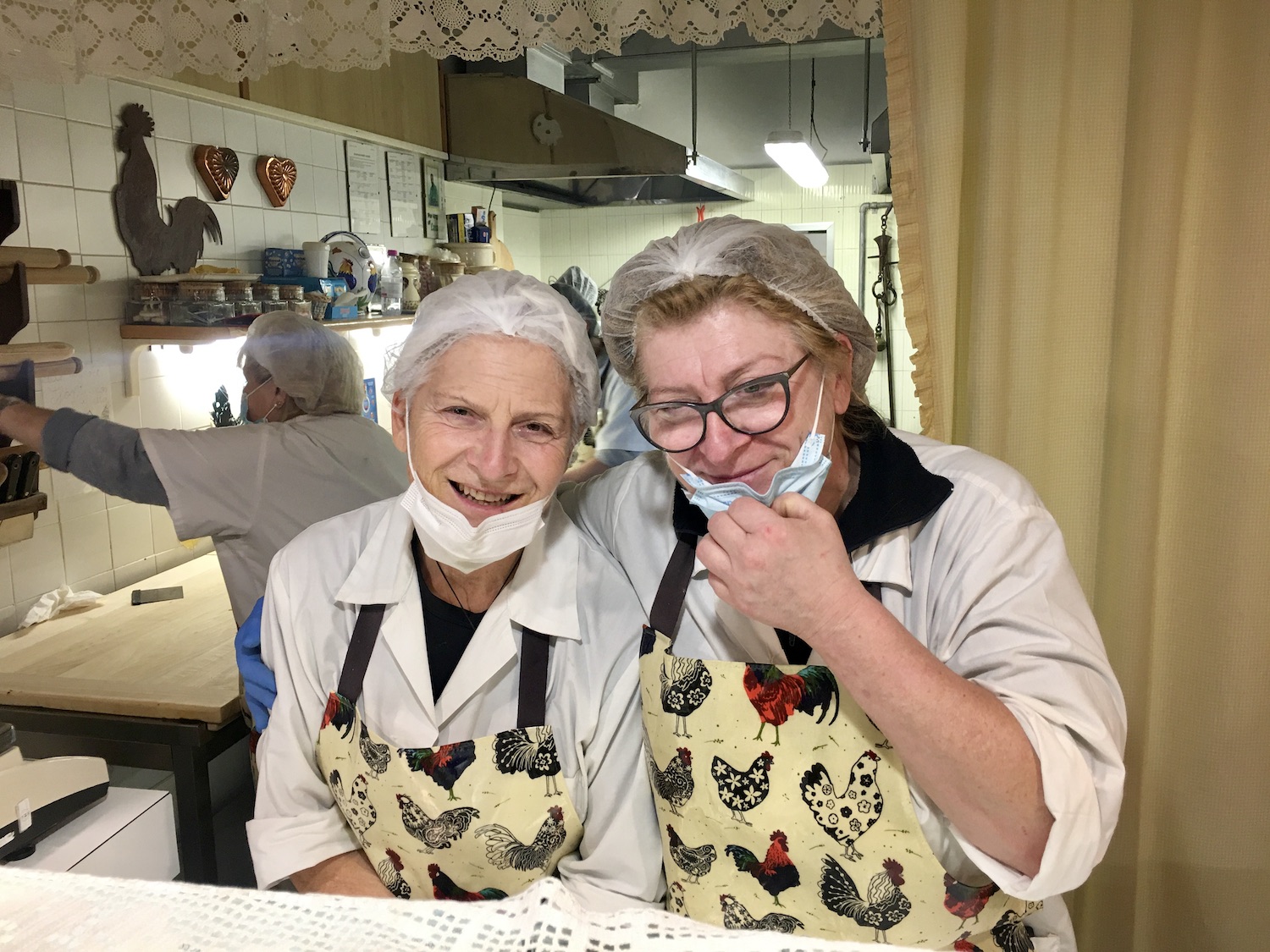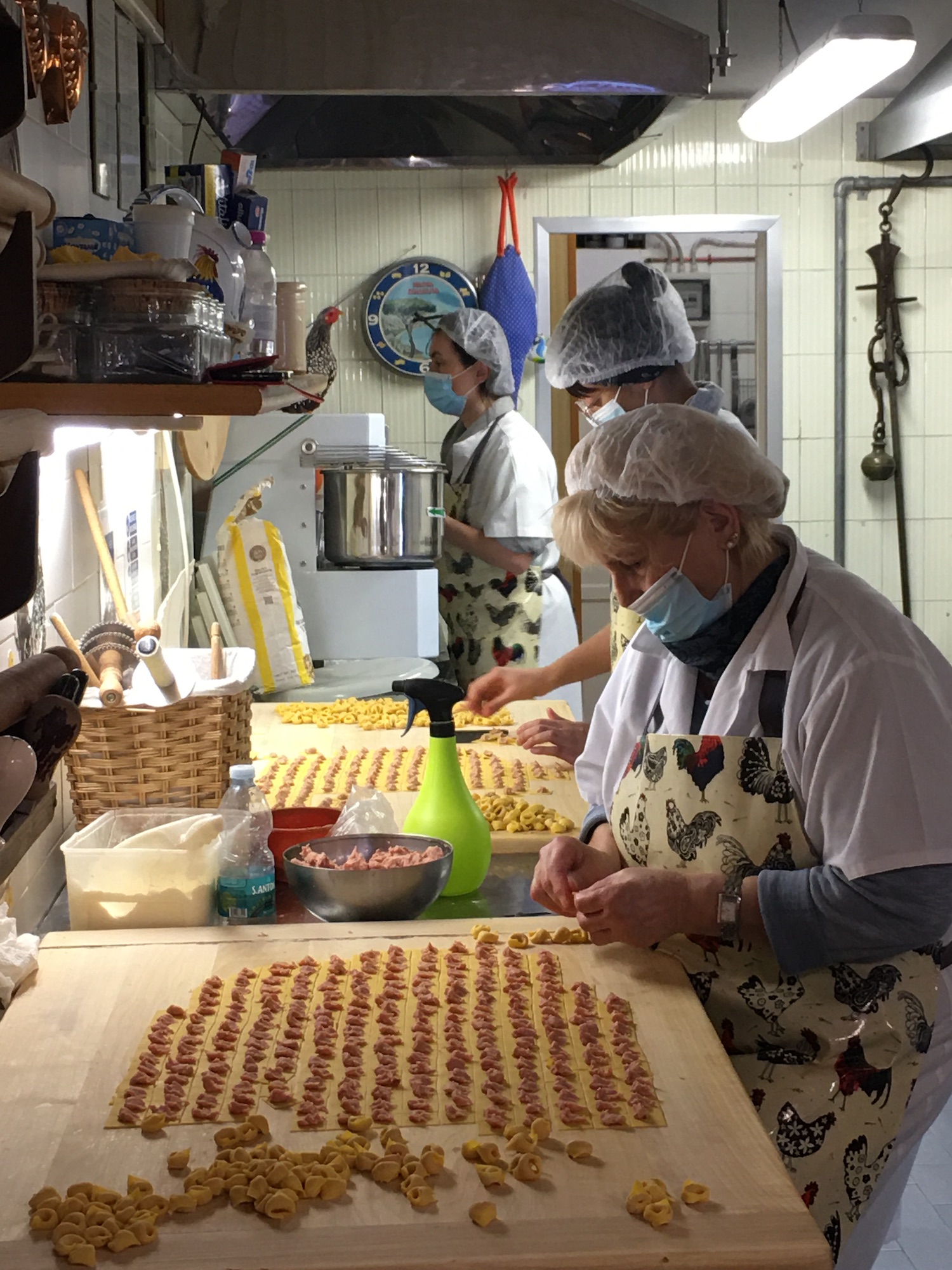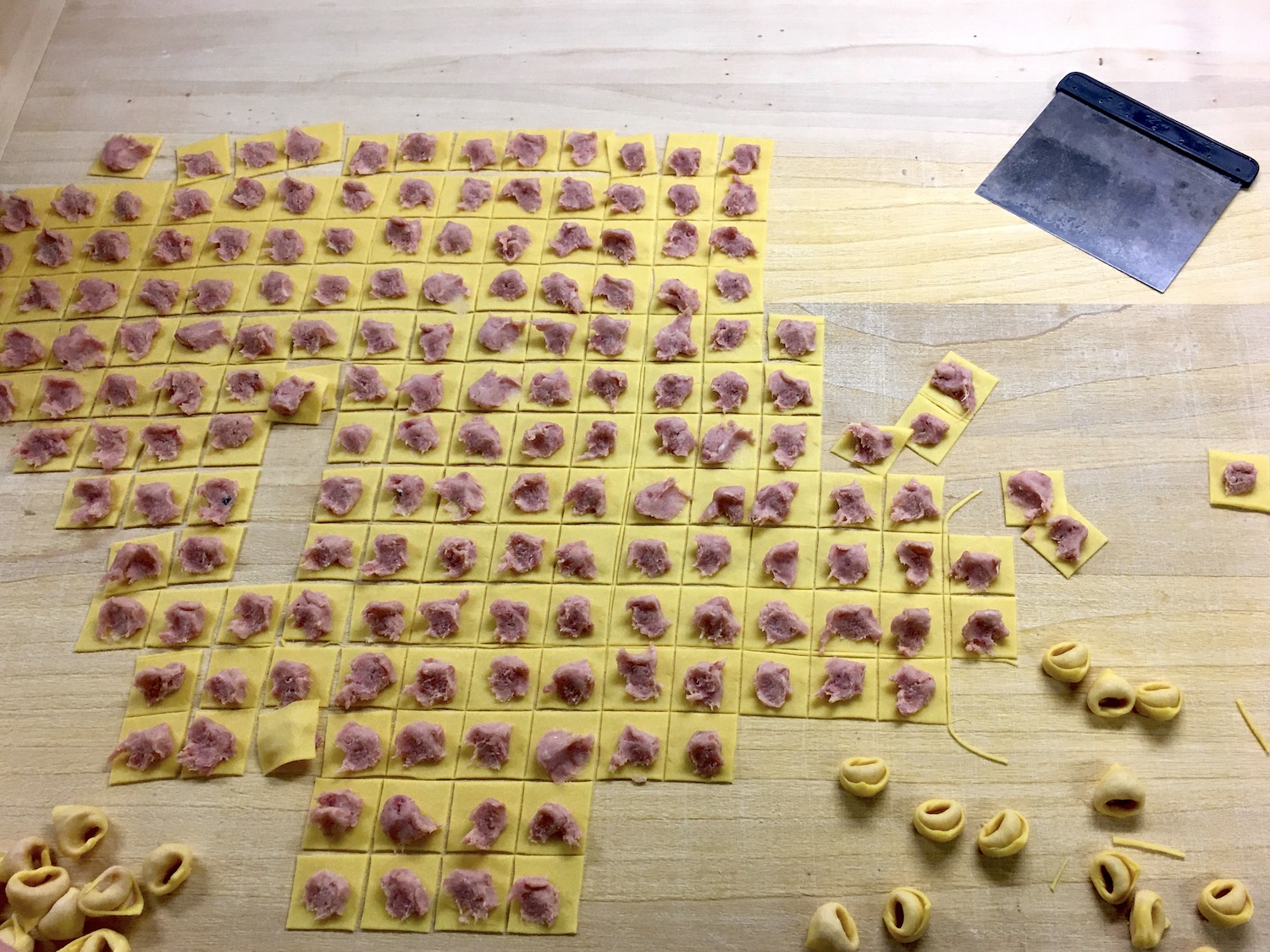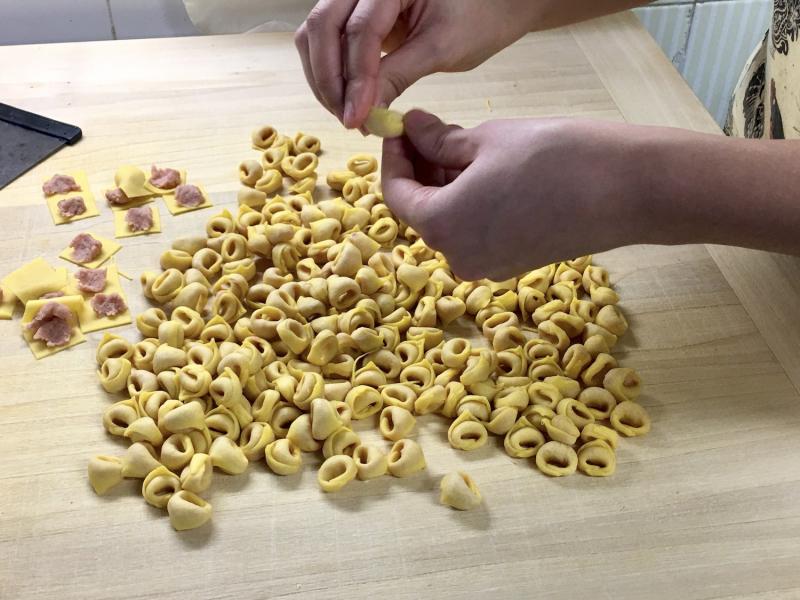Hand-kneaded pasta dough has been the base ingredient of many traditional dishes of Emilia-Romagna’s cuisine for a long time. A clever product that, in times of poverty, contributed to making dishes both nutritious and tasty, delighting the taste buds and replenishing one's energy after a hard day's work, thanks to two simple, cheap ingredients: flour and eggs.
La sfoglia (hand-made pasta dough) has made Emilia-Romagna a national and international symbol of fresh egg pasta, often stuffed (think tortellini, lasagne, tagliatelle and more); it is no surprise that one of the main reasons for visiting the region is to enjoy its food traditions.
In Bologna, the keepers of this ancient tradition are the ‘sfogline’, women who patiently knead and roll the dough to achieve the perfect texture for making different types of pasta.
Recently, I had the pleasure to talk to Daniela Venturi, who, along with her sister Monica, owns and runs one of the most acclaimed fresh pasta shops in Bologna, ‘Le Sfogline’, with the additional help of five employees, making it an all-women 'pasta dream team' (!).

As a born-and-bred Bolognese, I was curious to learn if the art of the sfogline is in danger of disappearing. While I remember very well my grandmother preparing sfoglia every week, my mother’s generation was already less inclined to do so; and for my generation, it may be something of a sporadic pastime, but only for those with a passion for cooking.
“It's a beautiful thing, but it takes time,” Daniela told me referring to fare la sfoglia (making pasta dough). “Habits have changed. In the past, women stayed home; now they have jobs outside the home. I remember my grandmother, she was always in the kitchen making something. A woman who could not make la sfoglia was unthinkable.”
“In our home we ate semolina pasta only if someone was sick, otherwise we ate pasta all’uovo (egg pasta) every day,” Daniela continued, confirming the longstanding Emilia-Romagna tradition of eating handmade egg pasta.
On the other hand, if women of my generation no longer devote much time to sfoglia, the number of shops in Bologna that offer freshly made pasta is not dwindling; on the contrary, it has increased in the past 25 years, thanks to an increasing interest in artisanal-made products and as a consequence of Bologna emerging as a tourist destination, with the subsequent desire of visitors to learn more about this tradition that defines Bologna and the region. (Incidentally, the number of pasta schools offering one- and multi-day courses to those who want to try their hand - literally - at making sfoglia has increased exponentially.)
The regional government itself, which, in the art of making sfoglia, sees not only a prized tradition, but also an opportunity in terms of tourist appeal, even presented a law proposal to the Italian Senate to safeguard the original sfoglia recipe and to regulate the profession (consider that, in the past, making la sfoglia was a given in Emilia-Romagna households, not something you learned in vocational school). The bill has not been approved yet.

So, what makes the perfect sfoglia? It is a combination of different factors. First of all, you need ingredients of the highest quality. In the case of Le Sfogline, Daniella tells me, they have had the same suppliers since they acquired the shop 25 years ago. They are all ‘km 0’, that is, hyper-local; the farthest is 20 km away in Castelfranco Emilia (according to legend, the birthplace of tortellini), a caseificio (cheese factory) that provides Parmigiano Reggiano for the filling of tortellini and ricotta for tortelloni (which I tried and were some of the best I’ve ever had - after those made by my grandmother, of course). The flour, which must be 00 and specific for sfoglia, meaning full of gluten, is also sourced from a local flour maker in nearby Crespellano. Eggs are super fresh, brooded the night before they are brought to the shop, mortadella is from Bologna and prosciutto from Parma.
Besides the ingredients, an equally important role in making sfoglia is played by the tools and the expertise (hence why you cannot improvise as a professional sfoglina). For example, you need to have a good rolling pin (mattarello) and a large cutting board (tagliere), and both must be made of wood. The sfoglia must be left to air dry on the wooden board, not in a drying room, which is what is employed industrially to make the process quicker. Tagliatelle are the most complicated to make precisely for this reason, because the dough must have the right degree of dryness, not too much and not too little. While the sfoglia for tagliatelle should be thicker in its end result, the one for tortellini should be thinner because it only serves as a container for the filling. In this case, a square of dough has practically no weight.

Preparing fresh tortellini at Le Sfogline in Bologna.
The last ingredient that is required for making good sfoglia is passion - love for what you do. “Working as a sfoglina cannot be considered a job because it is demanding and the hours are long,” Daniela said. Now that we are approaching Christmas, with tortellini and other pasta preparations in higher demand than usual, it is not uncommon for Daniela and Monica to work until 11 at night. As long as there are sfogline with such commitment to what they do, this prized Emilia-Romagna tradition is safe. As Daniela put it, “It really is a way to spend your day; it’s a lifestyle.”
Make sure you peek inside Le Sfogline when you visit Bologna (they’re located in the city center, in via Belvedere 7/b). The laboratory is in full view so you get a chance to see the sfogline at work. You can bring their fresh pasta creations home as long as your trip does not last more than 48 hours, but make sure you place your order in advance as everything is only made to order.
All photos by Silvia Donati.



